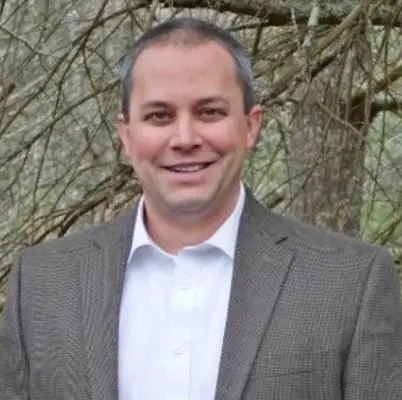Day in the life of
Aeronautic Engineer – Ludovic Chung-Sao

I worked as an Aeronautic Engineer for 7 years. I was Mechanical Design and Certification Engineer for parts on Engines for Civil Aircrafts such as the Boeing 737 and Airbus A320.
My typical workday was full of meetings. I oversaw a large scope of engine parts. It required me to attend any meetings that were directly or indirectly related to my scope of parts. Those meetings were generally addressing issues in fleets or projects on new parts.
Daily, to solve those potential issues encountered in the fleet or to improve an existing design in terms of cost or weight, I managed the design of new parts. The design phase is very interactive as I had to discuss with part manufacturers, the design team, the material department. During this design phase, it’s important that the part is manufacturable, optimized in terms of weight and material choice, and that it fulfills specific requirements coming from the Aviation Authorities. Those specific requirements sometimes lead to specific part testing. In that case, I was planning the test, the facilities, the budget, the planning.
Another important aspect of part design was the mechanical sizing. Almost every day I was managing that all our new designs were compatible with the mechanical and thermal loads seen in operations. For example, I had to make sure a part would withstand vibration loads and temperatures seen during a flight.
Pros
- The diversity of interlocutors. Throughout the design development, my role was very interactive. I could discuss with other designers, material specialists, mechanical specialists, manufacturers, the quality department, certification authorities, and the assembly teams.
- Learning every day. As said above, I had the chance to be in contact with so many different profiles. On a daily basis and with enough curiosity you can learn their job. In return, it can open new job opportunities if you want to switch to a new path in the future.
- Aeronautic is fulfilling. Most of the people working in the field of Aeronautics are passionate about aviation. It’s a very nice environment to evolve if you also share this passion for the sky.
- Moreover, if you’re lucky to work on an end product, it’s very gratifying to be able to see the part produced and eventually installed on an aircraft.
Cons
- The environment can be very stressful. The ever-growing number of aircrafts is giving manufacturers a lot more pressure to answer short deadline questions. When during an inspection an airline observes something about a part and awaits the response from the design engineers to say if it’s acceptable, it can be stressful for the design team to give an answer in such a short amount of time.
- Aeronautic is a big industry. Like Automotive, Aeronautic is an industry that involves very big companies. This leads to big organizations with a lot of inertia. High inertia is very inherent to big organizations. It can be seen as a con. But I think it’s a necessity to ensure all processes are respected and parts produced are safe for operation.
Aerospace Engineers
perform engineering duties in designing, constructing, and testing aircraft, missiles, and spacecraft. May conduct basic and applied research to evaluate adaptability of materials and equipment to aircraft design and manufacture. May recommend improvements in testing equipment and techniques.


.jpg)